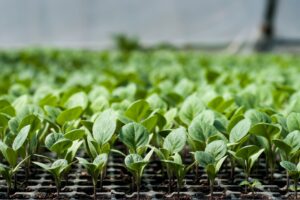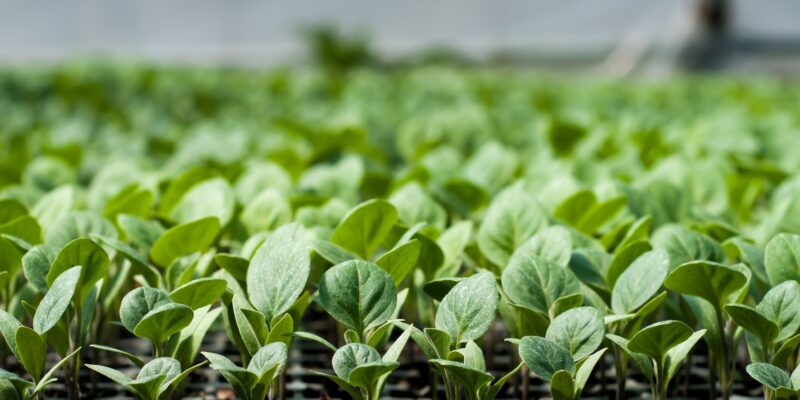The engineering behind tackling the global food crisis…
We seem to have our hands full at the moment, with crises from the COVID-19 pandemic to climate change causing destruction on a global scale.
The effects of these range from natural disasters to individual deaths. Though the introduction of Vaccines and new codes of conduct is bringing us out of the latter, the former’s results are only just rearing their ugly heads.
But we have another crisis on our hands too. The global food shortage has been a prominent issue for all of our lives.
With around 820 million people going hungry across the globe, one seemingly simple goal is a giant task.
Engineers around the world are beginning to bring together ground-breaking research and technologies to tackle this crisis.
How?
Here are some of the ways engineers today are fighting the global food shortage and looking to create systemic change through sustainable agriculture.
Changing the western perspective that money is the route to fixing the food crisis is a first step. Strategies to begin sustainable agriculture must be long term, and must consider what is needed to implement the system consistently.
It goes without saying that engineering focusses on the practicalities and available resources when focusing on a problem this large.

Solutions:
Local Capacity Improvement
If a community relies on external help or importation, more issues can arise. If local farmers and local workers have the tools and engineering training to meet the needs of local communities, real change can occur.
Strong institutions are required to continue research and development of existing solutions must be created, much like the Institut Nationa Agronomique de Tunisie in Tunisia.
Vertical Farming
Vertical expansion is a relatively new concept in civil engineering, being utilised today in incredible projects and research to solve the housing crisis.
Vertical farming takes the same very basic principle into action: building upwards.
In a vertical farm, far more produce can be made on a patch of land. This kind of farming is heavily reliant upon engineered technologies, and only some crops can be made this way (those that require the least natural sunlight and water).
Resource management
The resources on our planet are dwindling. A hundred years ago, this was not a concern for the everyday person.
What we once treated as abundance is now absolutely and dangerously finite.
Because of this, we must consider the best ways to minimise the use of natural food and water sources. The engineering sector is focussing on designing more effective water systems, which reduce waste drastically.
This is followed by new laws that planners, architects and other engineers must be held to.
Irrigation systems are a large part of this.
Food waste is also an issue that engineers are looking to address, down to improving travel speeds and designing containers to slow the speed at which food decays.
R&D
The food crisis is the driving centre of research into the potential for inhabiting other planets.
Of course, it is an exciting prospect. It could lead to sustainable settlements elsewhere, and could essentially solve a lot of other crises along the way.
However, attempting to visit, stay and even grow crops on planets like Mars or the moon sounds as far fetched as any recent sci-fi movie.
In reality, the investment in this kind of development is extremely prominent, and a lot of brainpower is going into the idea. Could this be the final stage to solving the global food crisis?
Whether we end up living on Mars or with 15 storey farms, let’s hope action is around the corner.
If you’d like to understand how graphite is used across the engineering sector, please visit our products and industries section or feel free to contact us.

